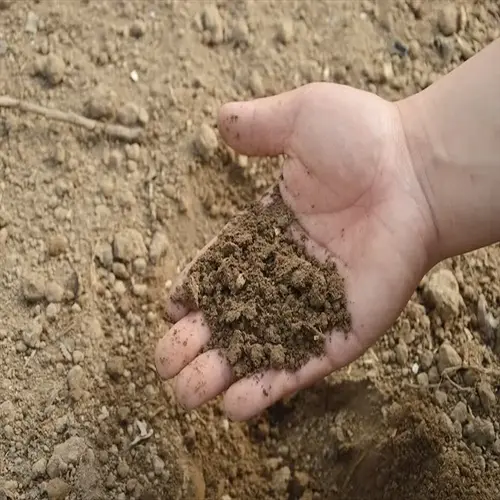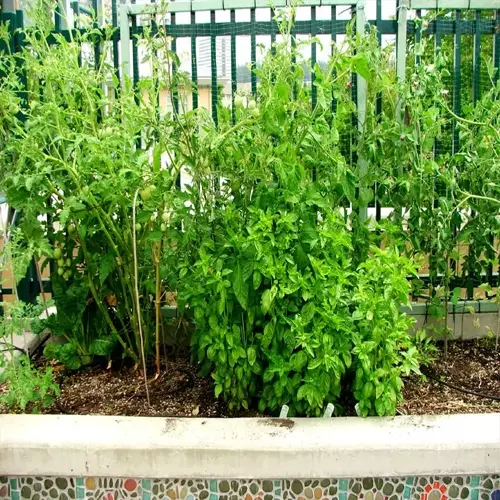What are the worst tomato diseases?

Written by
Olivia Mitchell
Reviewed by
Prof. Charles Hartman, Ph.D.Late blight is arguably the most destructive disease of tomato and can wipe out entire fields in days. I witnessed this firsthand during the historic 2009 outbreak, when infected plants suddenly turned black and melted down overnight. Other diseases rely on human movement or insects to spread; late blight spores travel hundreds of miles on wind currents, risking the containment efforts for wet weather engaging varieties.
Soil-Borne Destroyers
- Fusarium wilt: Clogs vascular systems causing irreversible collapse
- Root-knot nematodes: Create root galls blocking nutrient uptake
- Survive 10+ years in soil without host plants
- Spread through contaminated tools and water runoff
Systemic Killers
- Bacterial canker: Seed-borne disease causing oozing stem cankers
- Tomato spotted wilt virus: Incurable and thrips-transmitted
- Cause complete plant collapse within 2 weeks of symptoms
- No chemical treatments available for viral infections
Rapid Epidemics
- Late blight: Produces millions of wind-dispersed spores daily
- Requires only 10 hours of leaf wetness to establish infection
- Destroys 100% of untreated plants within 5 days
- Fruit develops leathery brown lesions rendering harvest inedible
Detect these killers early by their unique characteristics. Late blight presents greasy black lesions with white mold undersides in wet, humid conditions. Fusarium wilt causes yellowing leaves on only one side before the plant wilts. Bacterial canker forms bird's-eye spots on the fruit, and nematodes will cause visible root galls.
Implement aggressive controls right now. Remove and bag (as a biohazard) infected plants using sterilized tools (10% bleach solution). Solarize the soil for 6 weeks at 125°F (52 °C) to kill pathogens. I maintain 30-foot buffer zones around infected areas to prevent the movement of pathogens.
The most effective defense is to prevent them in the first place. Also consider resistant varieties such as 'Mountain Merit' for blight and 'Jasper' for wilt. Crop rotation is essential where infected. For areas with nematodes and fungi, I use cover crop mustard that releases biofumigants, which are naturally suppressive to nematodes and fungi.
Read the full article: Tomato Plant Diseases: Comprehensive Guide

